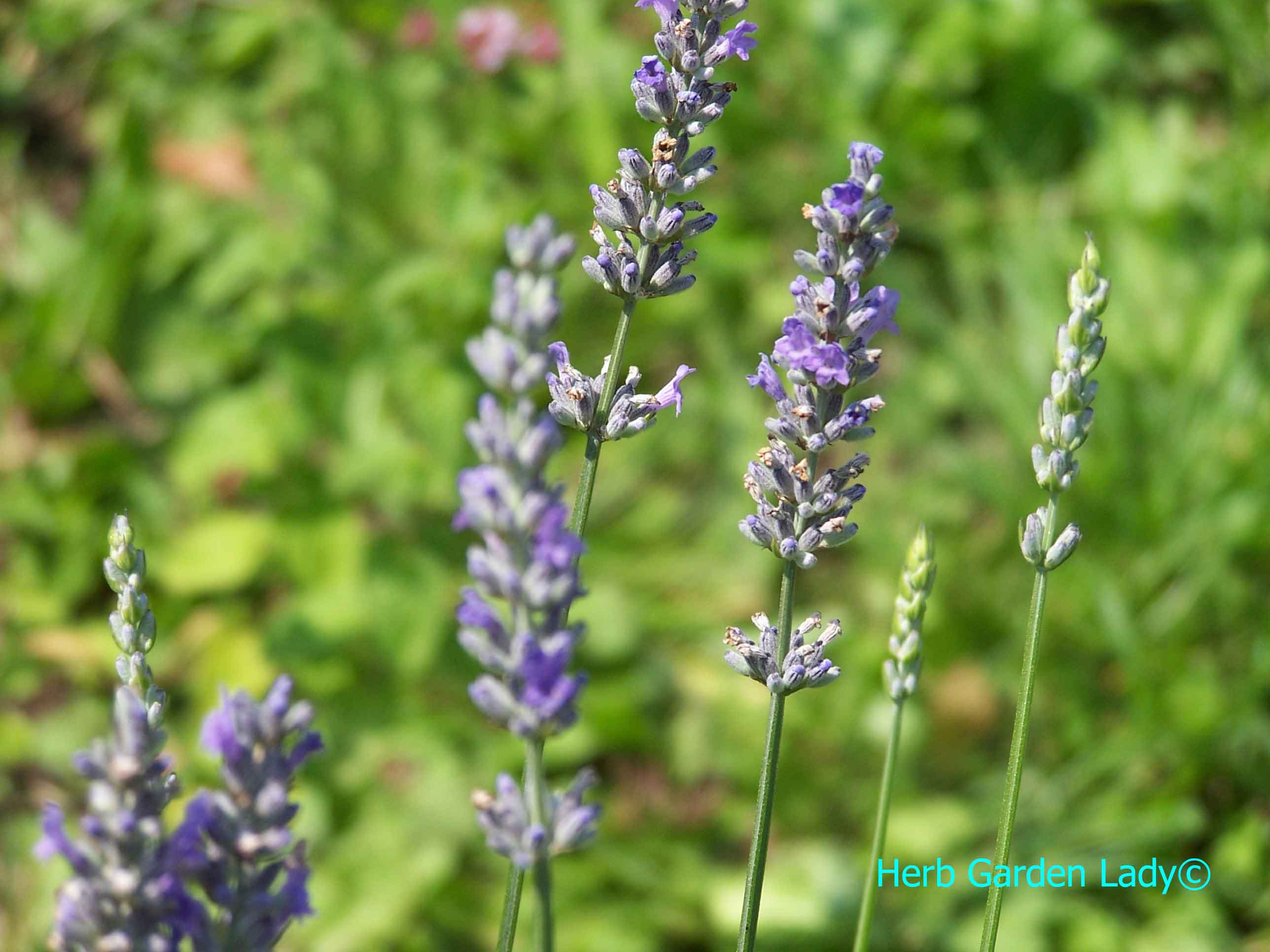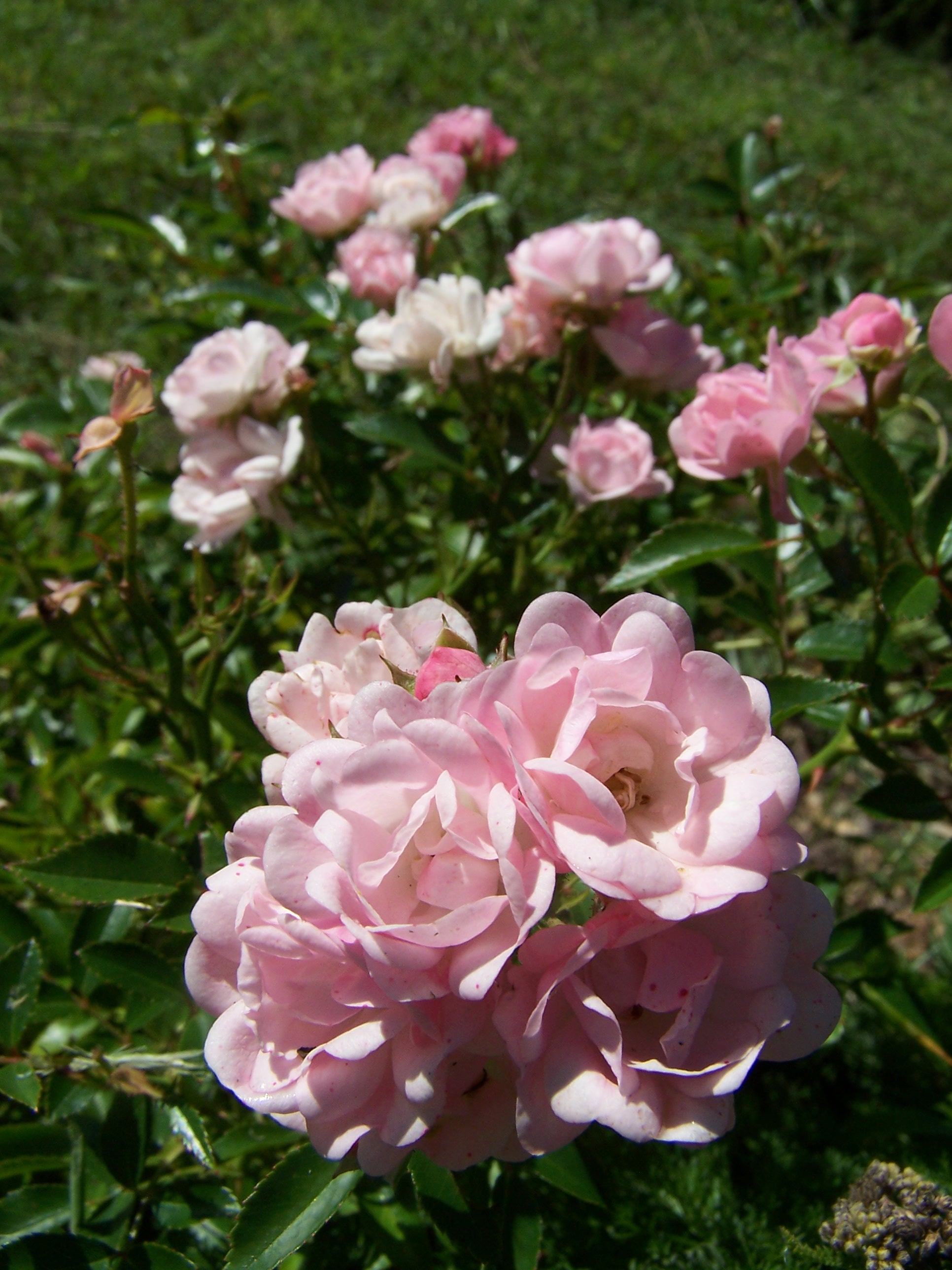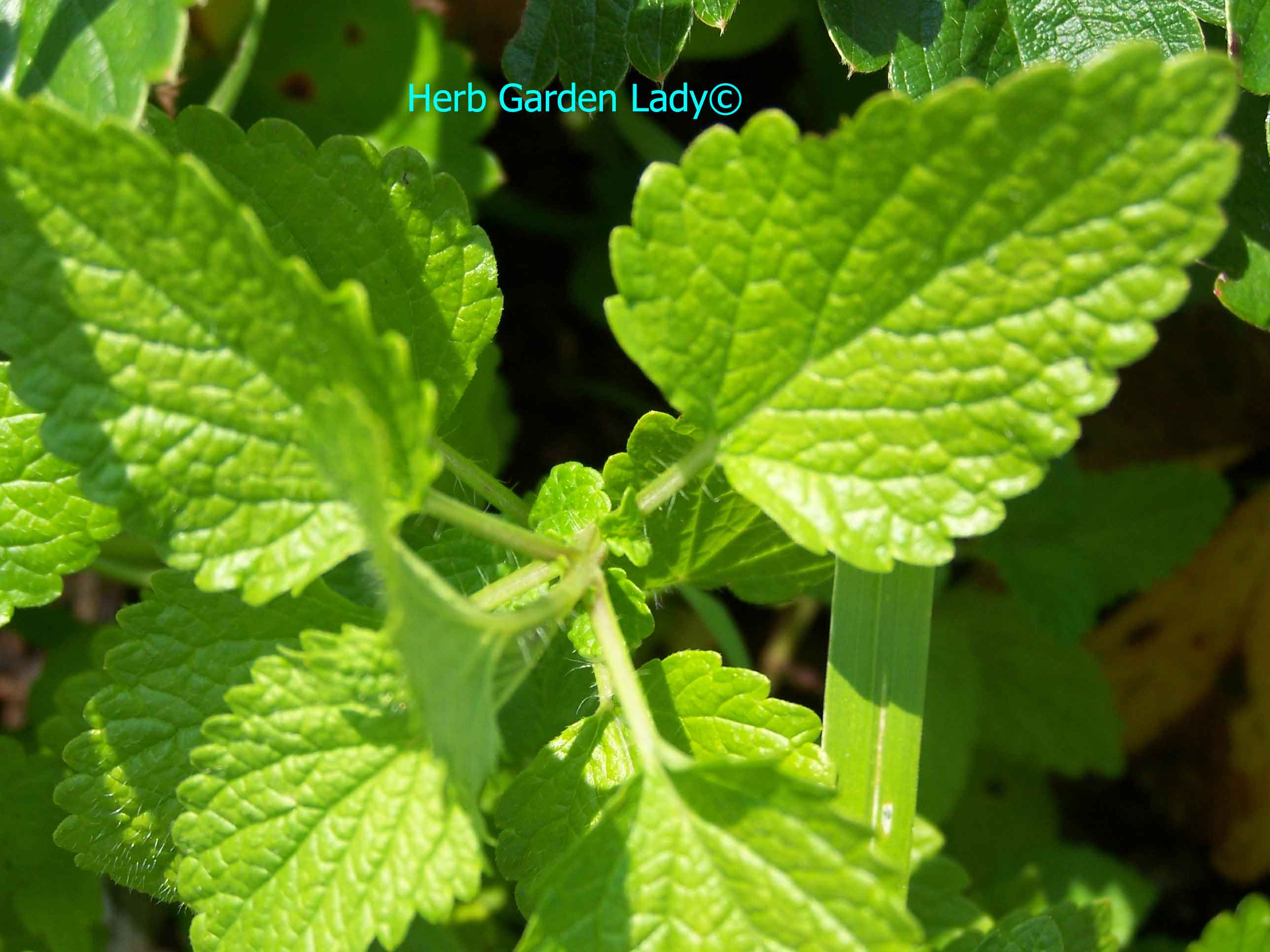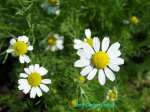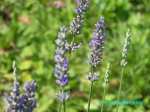Aromatherapy Garden Design
Producing A True Essential Oil
Basil Lavender Marjoram Mint Rosemary Sage Thyme
An aromatherapy garden design the most important part of gardening is the soil requirements and then the plant genus plus species.
The soil requirements for different herbs vary somewhat with rich fertile soil bringing the highest quality oils.
After that has been determined and you know the soil requirements for the herbs you would like to plant, then you'll need to consider the possibility of cross pollination. Cross pollination is done with the help of the bees and insects and of course wind.
Understanding Plant Families and
Cross-Pollination
Herbs to plant away from each other are mints. There are over 600 species of different mints with an ever-growing list of more varieties each year. So, if you want a true peppermint essential oil, this herb will be the only one in your aromatherapy garden design. This goes the same with spearmint, another popular essential oil used in soaps, cosmetics and aromatherapy products.
Thyme, rosemary, sage, lavender all belong to the same genus family of Lamiaceae displaying the characteristics of square stem, opposite leaves, and lipped corolla on the flower. When these are planted in the garden design, they need to be as far away from each other as possible and have other herbs or plants between them.
Soil Requirements for Optimal Oil
Production
Different aromatic herbs have specific soil needs for producing their best essential oils:
- Lavender prefers well-draining, slightly alkaline soil (pH 6.5-7.5) with low fertility. Too much nitrogen results in lush foliage but reduced oil production.
- Rosemary thrives in sandy, well-draining soil with moderate fertility and pH between 6.0-7.0.
- Mints prefer rich, moist soil with plenty of organic matter and a pH of 6.0-7.0.
- Melissa (lemon balm) needs rich, moist soil with excellent drainage and regular feeding.
- Thyme prefers poor to moderately fertile, well-draining soil with pH 6.0-8.0.
Adding specific amendments to your soil can significantly improve essential oil production:
- Crushed eggshells or agricultural lime for calcium-loving herbs like lavender
- Compost tea as a regular feeding for hungry herbs like melissa and basil
- Mycorrhizal fungi inoculants to enhance root uptake of nutrients and water
- Azomite or other mineral-rich amendments to provide trace elements
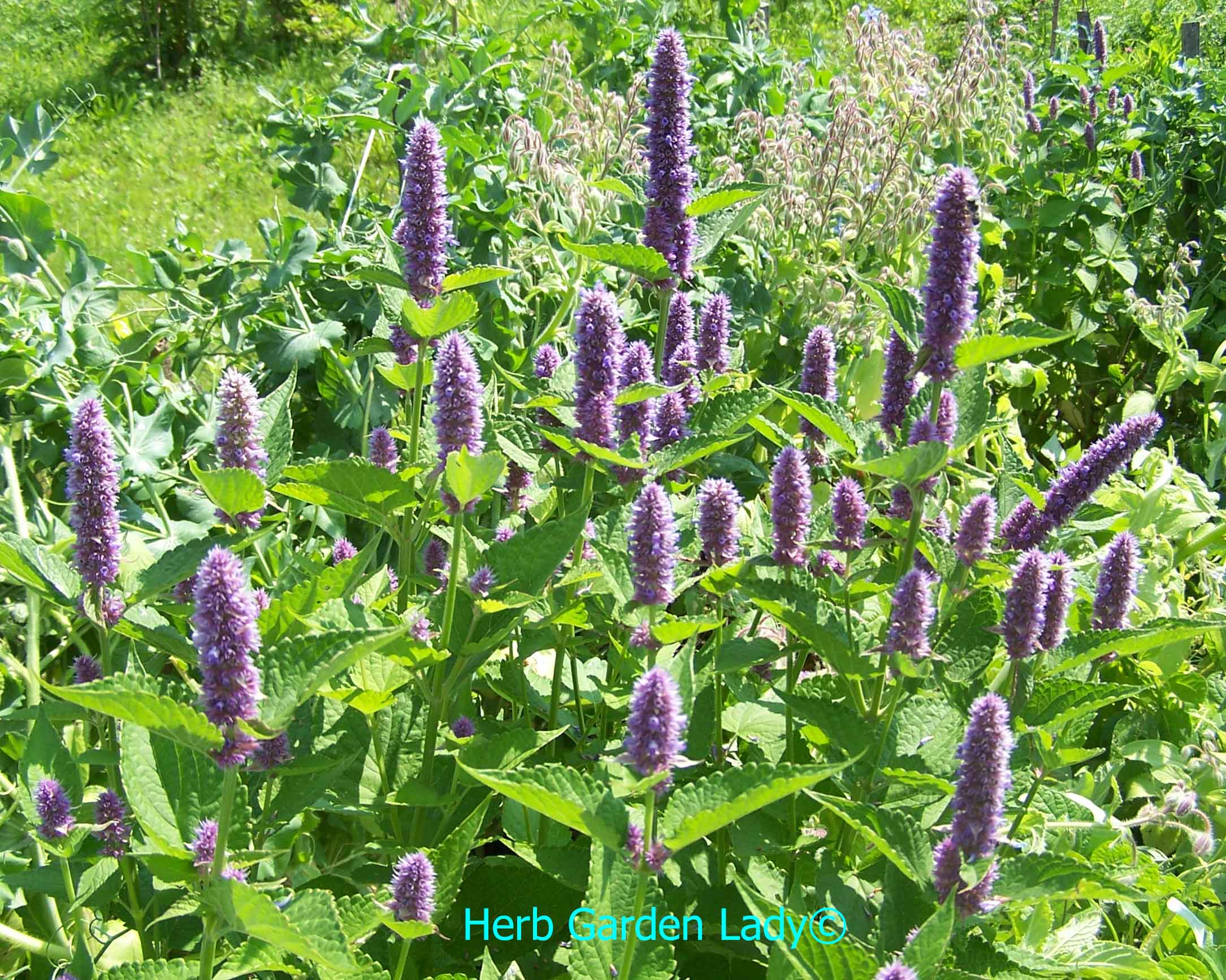 Anise Hyssop
Anise HyssopMy Recommended Books
Essential oil production: The Complete Book of Essential Oils and Aromatherapy
Herb garden layout: Kitchen Garden Revival: A
modern guide to creating a stylish, small-scale, low-maintenance, edible garden
Cross-pollination in herb gardens: The Old Farmer's Almanac Vegetable
Gardener’s Handbook
Soil requirements for aromatic herbs: Your Backyard Herb Garden: A Gardener's Guide to Growing, Using and Enjoying Herbs Organically
*As an Amazon Associate, I earn from qualifying purchases. At no extra cost to you.
Perfect Herbs for Your Aromatherapy
Garden
Good herbs for an aromatherapy garden design include basil, chamomile, clary sage, coriander, fennel, hyssop, lavender, lemongrass, marjoram, Melissa (lemon balm), peppermint, rose, rosemary, and thyme. These are the most commonly used and have many uses. I didn't mention spearmint because that should be planted away from other mints or planted instead of peppermint.
Additional Beneficial Herbs to Consider
- Helichrysum (Immortelle): Known for skin-healing properties, this Mediterranean native produces a valuable essential oil and has silvery foliage.
- Calendula: While not typically distilled, the flowers can be infused in oil for aromatherapy blends and skin care.
- Anise Hyssop: Not to be confused with true hyssop, this plant has licorice-scented leaves and attracts beneficial pollinators.
- Bergamot (Monarda): Not the citrus bergamot used in Earl Grey tea, but a native plant with citrusy, spicy scent excellent for tea and potpourri.
- Roman Chamomile: A perennial ground cover with apple-scented flowers, different from the annual German chamomile.
|
Lemon Balm - Sweet Melissa Herb |
Aromatherapy Garden Design and Layout
A good size would be around 10' x 20' (rectangular) or 20' x 20' feet (circle). A rectangular design would benefit peppermint being planted on one side and being contained so it does not go rampant in your garden. A round circle is recommended with walking paths in between for easy access to the herbs and air flow for the herb plants. I would start with larger plants, mid-size and then creeping herbs.
Modern Design Approaches
Spiral Garden Design
A spiral garden design has become increasingly popular for aromatherapy gardens. This design:
- Creates multiple microclimates (sunny/shady, dry/moist)
- Maximizes growing space in a small footprint
- Allows for excellent drainage for Mediterranean herbs at the top
- Provides moisture-retaining soil at the bottom for thirstier herbs
- Creates a visually striking focal point
Keyhole Garden Design
This design creates a circular garden with a notch that allows access to the center:
- Minimizes walking paths while maximizing growing space
- Creates a sheltered microclimate for tender herbs
- Can incorporate compost in the center for continuous feeding
- Works well for herb combinations that benefit each other
Companion Planting for Enhanced Oil Production
Recent research has shown that certain plant combinations can enhance essential oil production:
- Lavender planted with thyme can increase oil yield in both plants
- Basil grown near chamomile shows higher essential oil content
- Rosemary benefits from proximity to sage, with both producing more aromatic compounds
- Calendula planted throughout the garden helps deter pests and attracts beneficial insects
Positioning Your Herbs by Height
Tall herb plants to plant in the center would be:
- Fennel 3-4 feet
- Peppermint – 3-4 feet (container and kept in check)
- Rose – 3-4 feet
- Clary sage – 3½ feet
- Melissa – 4 feet
Melissa is a hungry plant and needs lots of organic material, and I would tend to plant this in the most fertile part of your garden. Keep in mind this herb is related to the mint family. It doesn't spread through runners though, but does get quite large in circumference and height - 5' x 4'.
Container Integration
For aggressive spreaders like mints, considering these container approaches:
- Sunken pots: Bury large containers with the rim 1-2 inches above soil level
- Root barriers: Install commercial root barriers at least 18 inches deep
- Dedicated raised beds: Create separate raised beds with solid bottoms
- Annual replanting: For some varieties, treat as annuals and replant each year in fresh locations
Mid-size herb plants in the next outer ring:
- Coriander - 2 feet (starts out as cilantro)
- Basil – 18 inches
- Lemongrass – 18 inches
- Lavender – 18 inches to 3 feet
- Rosemary – 18 inches to 6 feet (depending where you live)
- Sage – 1-2 feet
Finally, the smallest lower growing herbs:
- Thyme – 3-15 inches
- Chamomile – 8-12 inches
- Hyssop – 12-18 inches
- Lavender – 12 inch variety
- Basil – 12 inch variety
- Marjoram – 6 inches-2 feet
Advanced Cultivation Techniques for
Essential Oil Production
To maximize the essential oil content in your herbs, consider these practices:
Strategic Pruning
- Lavender: Prune after flowering but never into woody stems
- Rosemary and Sage: Light pruning throughout growing season increases branching and leaf production
- Basil and Mints: Regular harvesting of growing tips encourages bushier growth and more leaf production
Hydration Management
Slight water stress at key times can significantly increase essential oil concentration:
- Reduce watering (not to wilting point) just before flowering for lavender and rosemary
- Allow soil to dry somewhat between waterings for Mediterranean herbs
- Provide consistent moisture for mint family plants for volume, then slightly reduce before harvest
Harvesting for Maximum Potency
The timing of harvest dramatically affects oil quality and quantity:
- Harvest most herbs in mid-morning after dew has dried but before the heat of the day
- Collect flowering herbs just as they begin to open for highest oil content
- Harvest leaf herbs like basil and mint just before flowering begins
Consider moonphase harvesting: some traditional practices suggest harvesting during a waxing moon
Maintaining Genetic Purity
To ensure your aromatherapy herbs produce the specific oil profiles you desire:
- Start with certified plants or seeds from reputable suppliers
- Understand bloom times and plant accordingly to minimize cross-pollination
- Consider hand-pollinating or using row covers for specialty varieties
- Save seeds only from plants that were properly isolated
- Replace key plants every 2-3 years to maintain vigor and oil quality
These are excellent herbs to grow in an aromatherapy garden design, and to make sure you grow the highest available essential oil, the soil, sun, wind, and insect protection are all important in achieving the highest quality oils.
Seasonal Care for Year-Round
Production
Spring
- Apply organic mulch to retain moisture and suppress weeds
- Divide and replant spreading herbs like mints and lemon balm
- Start tender annuals like basil and lemongrass indoors
- Prune woody herbs before new growth begins
Summer
- Harvest regularly during peak growing season
- Provide afternoon shade for heat-sensitive herbs
- Maintain consistent watering schedule during dry periods
- Monitor for pests and diseases more frequently
Fall
- Harvest perennial herbs heavily before first frost
- Plant cold-hardy herbs like thyme and sage for early spring growth
- Apply protective mulch around lavender and rosemary
- Collect seeds from annual herbs for next year's planting
Winter
- Protect tender perennials with row covers or cold frames
- Grow culinary herbs indoors for fresh winter harvesting
- Plan next year's garden layout and herb combinations
- Order seeds and supplies for early spring planting
Learn more about planning an herb garden or a basic herb garden
Visit my store at Vermont Lavender to buy natural lavender
products and learn or create DIY projects all about lavender.
Visit my Etsy shop at Vermont Lavender Gifts
Affiliate Disclaimer: Some links in this article may be affiliate links, which means I earn a small commission if you purchase through them—at no extra cost to you. Thank you for supporting me and my small business! Your contributions help keep my passion for growing and using herbs. I only recommend products I trust and love. Thanks for being part of my journey!
